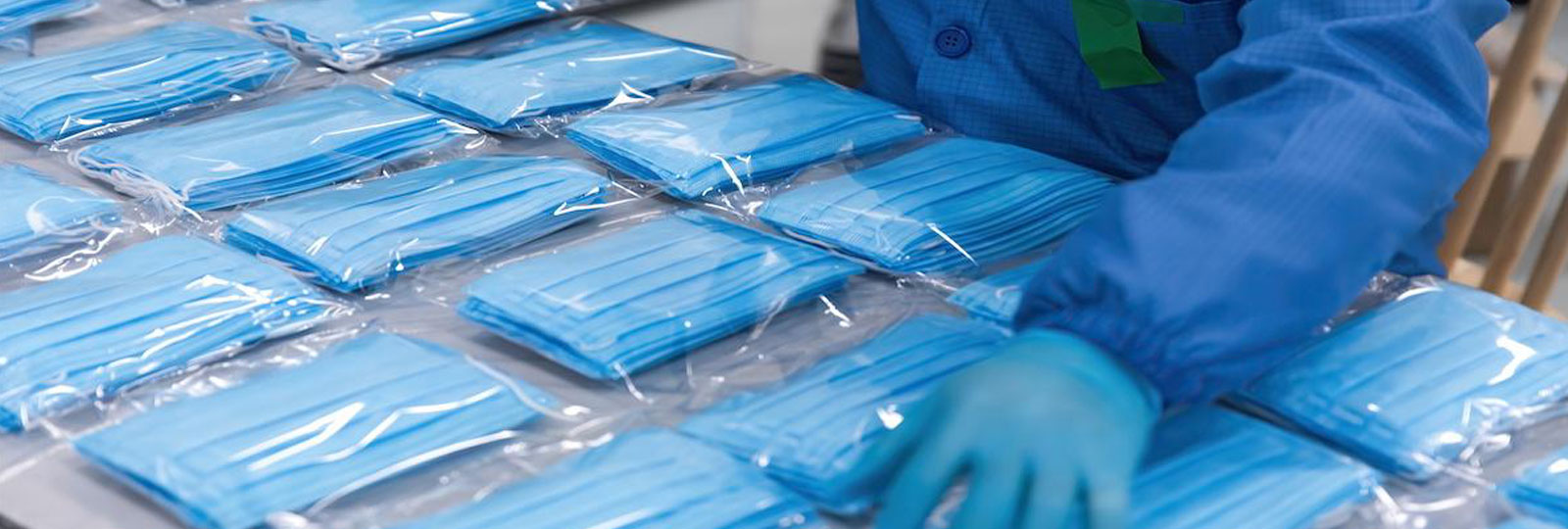
The shortage of personal protective equipment is unprecedented. With supplies critically needed for protection when treating patients with coronavirus, attention has understandably turned to methods of prolonging the life of already existing equipment, including disposable PPE.
To this end, government and advisory bodies have exceptionally produced advice on the reuse of PPE. Though not a practice we advocate, we recognise the immense pressure put upon healthcare professionals as well as the enormity of the situation that has lead Public Health England (PHE) to temporarily approve the reuse of PPE as well as for the Infection Prevention Society to provide guidance on the matter.
As experts in infection prevention and control, and within the context of PPE reuse, we employed our knowledge to devise a strategy for PPE decontamination.
Our approach led us to design a PPE decontamination cycle based on the evidence of the efficacy of decontamination technologies at inactivating lipid-enveloped viruses such as SARS-CoV-2; the virus which causes COVID-19. Indeed, studies and information provided by N95DECON.org saw different decontamination technologies tested for their efficacy in inactivating SARS-CoV-2 on N95 respirators. Specifically, test results using hydrogen peroxide vapour (HPV) technology saw a >log6 reduction of the virus.
Furthermore, a study into the efficacy of our own HPV decontamination system, conducted at Porton Down, achieved a >log6 reduction of clostridium difficile, a bacterial microorganism more resistant to decontamination than SARS-CoV-2. We have therefore focused on employing ProXcide, our HPV auto-decontamination device, together with our decontamination cycle to produce a strategy for PPE decontamination that we are confident in.
Our Research and Development Manager, Tautvydas Karitonas, recently hosted a webinar to reveal our strategy for PPE decontamination in full. The recording of this is below.





